Considering adding an unusual animal to your household? It’s crucial to recognize that some captivating creatures simply aren’t suited to be pets. Let’s dive into some of the most hazardous animals people have attempted to keep at home and understand why it’s often a bad choice.
1. Elephants of Any Variety
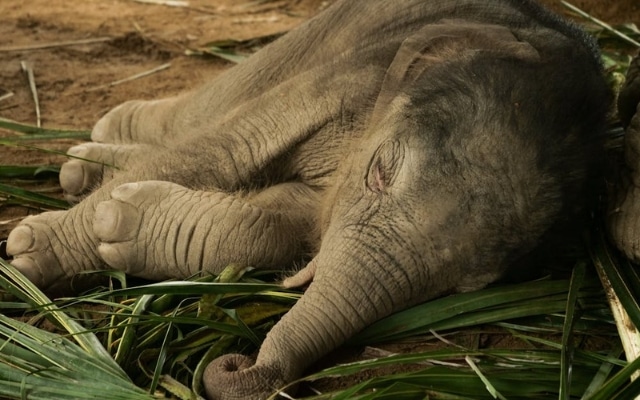
Elephants are magnificent creatures, but they thrive best in the wild. They require large areas to move around and live in tight-knit family units led by females. History has shown that keeping elephants as pets rarely ends well. For instance, in 1516, Pope Leo X owned an elephant that fell ill. Tragically, the elephant died after receiving a harmful gold treatment. This sad event highlights that elephants belong in their natural habitats.
2. Avoid French Bulldogs
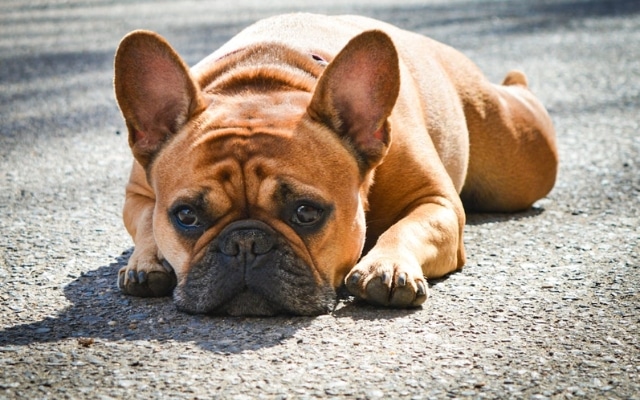
French Bulldogs and pugs are adored for their adorable, flat faces. These traits come from years of selective breeding. However, their smooshed faces cause serious health issues, especially with breathing. Despite their cute appearance, these dogs often have trouble breathing properly, leading to ongoing discomfort.
3. Raccoons, Also Known as Trash Pandas
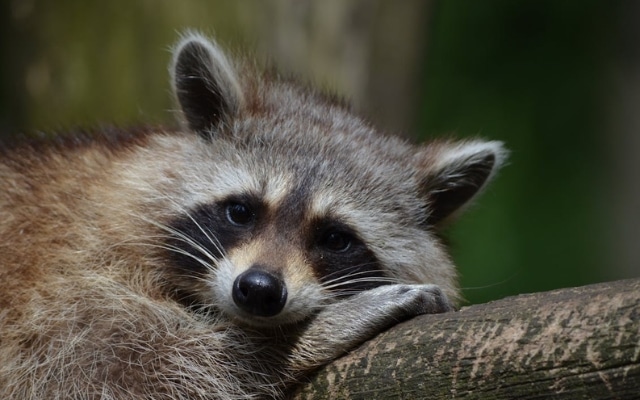
Raccoons can be charming and might even form bonds with humans if raised from a young age. However, even friendly raccoons can become aggressive when they feel scared or stressed. President Calvin Coolidge experienced this when his pet raccoon, Rebecca, bit him during a tense moment. This incident shows that raccoons remain wild at heart and can be unpredictable.
4. Fierce Zebras
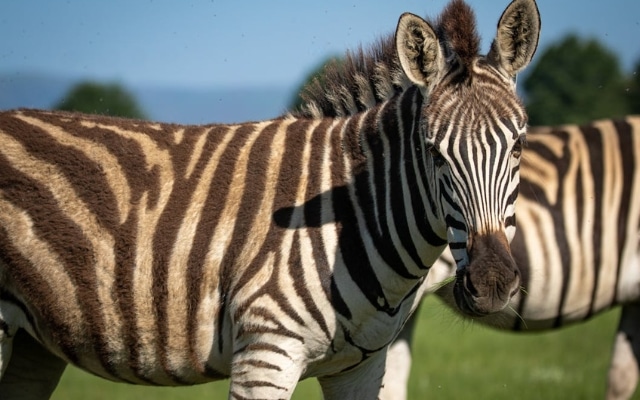
Zebras may resemble striped horses, but they are much more aggressive. They are prone to kicking and biting, making them difficult to train or control. Some individuals, like the 2nd Baron Rothschild, have tried to domesticate them by using zebras to pull carriages. Their wild nature makes them hard to keep as pets.
5. Polar Bears
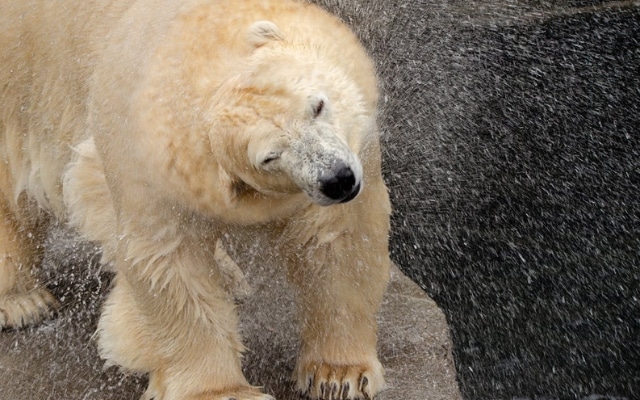
Polar bears are the largest species of bears and are known to attack humans. In the 1250s, King Henry III of England kept a polar bear in his royal collection at the Tower of London. He made the bear swim and catch fish in the River Thames. Keeping such a dangerous animal shows a lack of understanding of their true nature.
6. Turtles Can Be Problematic
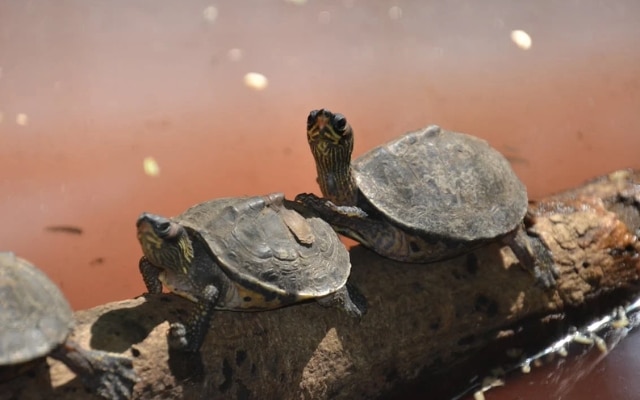
In the early 1990s, movies like “Teenage Mutant Ninja Turtles” inspired kids to want pet turtles. Parents bought baby turtles for their children, but these turtles grew larger and sometimes became aggressive. Many families couldn’t handle them, leading to thousands of turtles being abandoned. This situation illustrates the issues that can come from pets inspired by movies.
7. Ocelots Are Wild by Nature
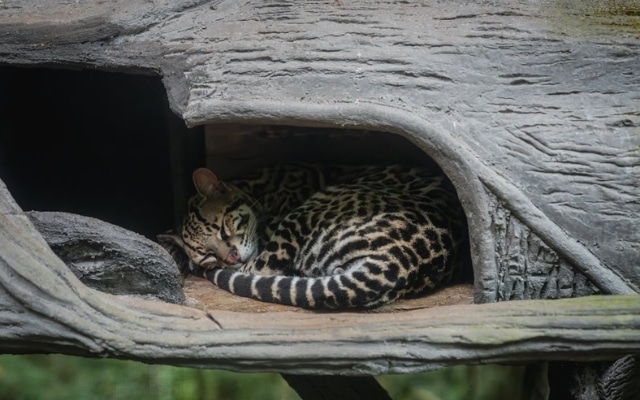
Ocelots are small wild cats with beautiful fur, making them seem like attractive pets. The famous artist Salvador Dalí had an ocelot named Babou. While Babou’s fate remains unknown, many other pet ocelots became too wild for their owners and were abandoned, especially in places like Florida. This shows that wild animals often cannot be tamed.
8. Poisonous Snakes
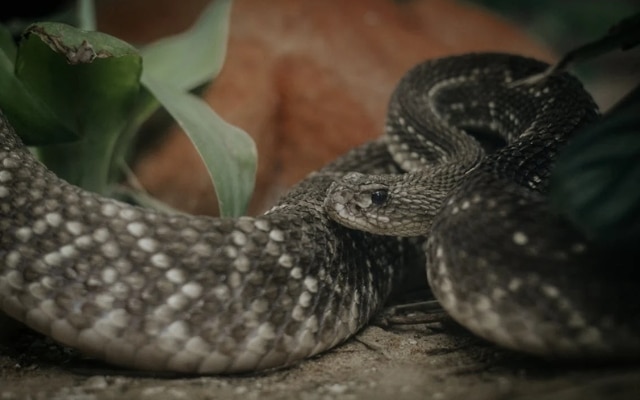
Keeping snakes requires special knowledge and equipment. Venomous snakes are particularly dangerous and are not suitable for beginners. Each year, around 140,000 people worldwide die from snake bites, including some snake owners. Keeping venomous snakes at home is extremely risky and not advised.
9. Chimpanzees
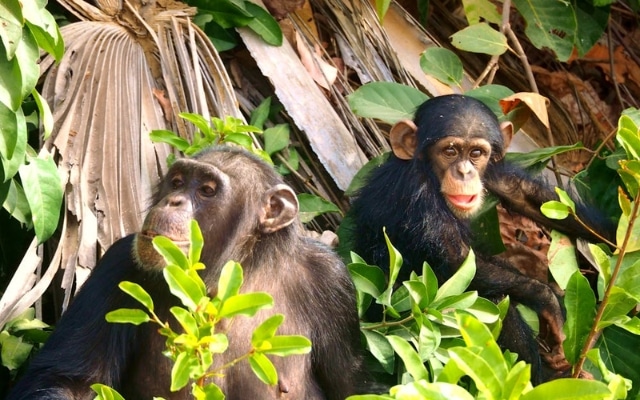
Chimpanzees are closely related to us, but they are very different in many ways. They are much stronger than adult humans and can become aggressive as they grow up. Many pet chimps are taken from their mothers as babies, which often harms the mother. Their natural instincts make them unsuitable as pets.
10. Tigers Should Remain Wild
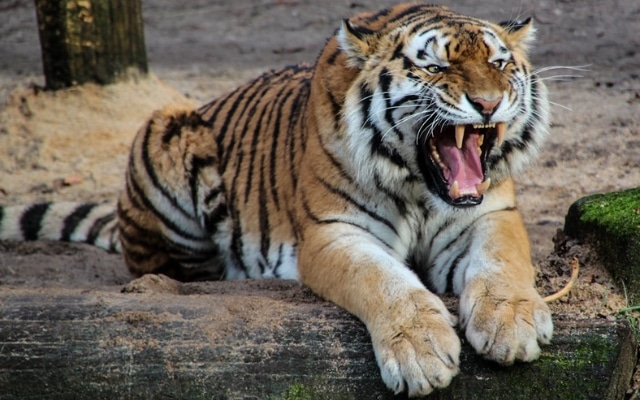
Surprisingly, there are more pet tigers in the U.S. than wild tigers globally. This is harmful for conservation because pet tigers do not contribute to breeding programs in zoos. Additionally, most people cannot properly care for such large and potentially dangerous animals. Keeping tigers as pets raises serious safety and welfare issues.
11. Coatimundis Are Like Never-Growing Toddlers

Coatimundis are related to raccoons and come from the Americas. Although people can obtain permits to own them, experts advise against it. One expert compared a pet coati to a toddler who never grows up and is always causing trouble, highlighting how difficult they are to care for.
12. Wolves Belong in the Wild
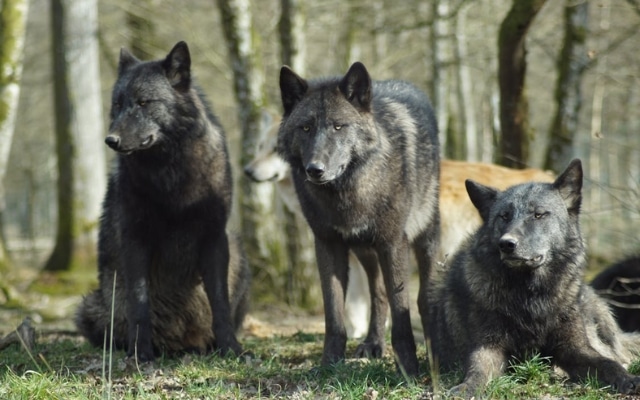
Scientists now believe that dogs and wolves share a common ancestor but are not directly related. Wolves are skilled predators and aren’t suitable as pets. Unlike dogs, wolves are more likely to react with aggression when they feel threatened, making them dangerous to keep at home.
13. Wolfdogs Remain Wild
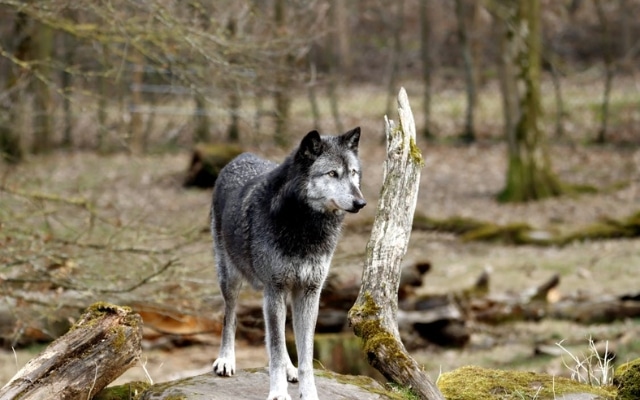
Wolfdogs are hybrids of domestic dogs and wolves. They are becoming more popular as pets, but owning one often requires a special license. Many dog experts recommend against it because wolfdogs can be aggressive and may attack people, other dogs, and animals without warning.
14. Kinkajous Tend to Bite
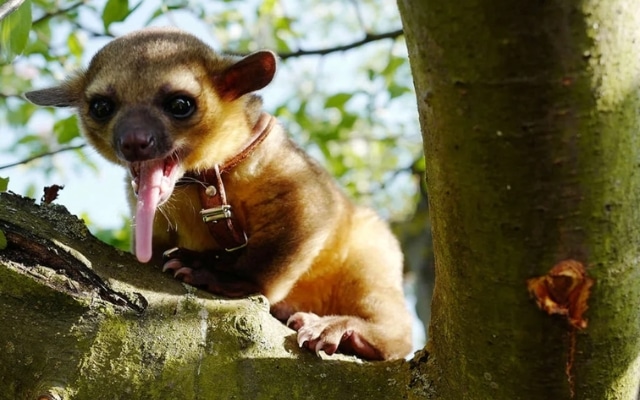
Kinkajous are small animals related to raccoons. They might seem like good pets because they’re cute, but they are nocturnal and very active at night. They have sharp teeth and will bite, especially if disturbed during the day. Their adorable appearance can be misleading.
15. Macaws Require Long-Term Commitment
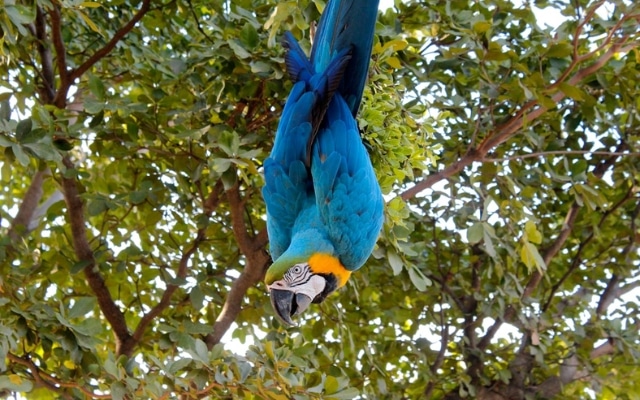
Macaws can be wonderful pets if they receive proper care, housing, exercise, attention, and mental stimulation. However, many macaws are illegally captured from the wild, which threatens some species. Additionally, macaws can live for many decades, and some owners are not prepared for such a long-term commitment.
Think Before Adopting
Choosing the right pet is essential for both your happiness and the animal’s well-being. While exotic animals might seem exciting, it’s important to consider their needs and whether they can thrive in a home environment. Always think carefully before bringing an unusual pet into your life.

